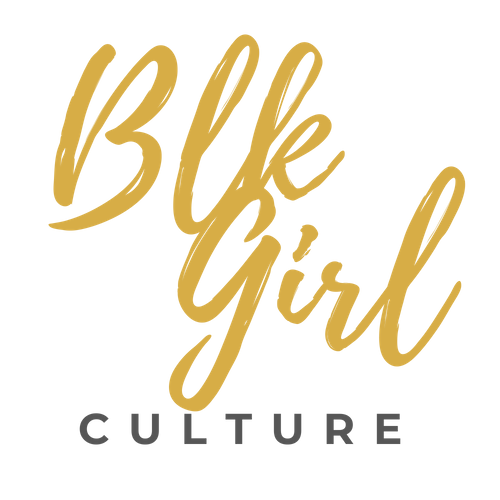What Makeup Says About Accessibility
Ever since Rihanna did her thing and launched Fenty Beauty, with its impressive 40 count shade range, makeup brands have been reconsidering their own products when it comes to inclusivity. Elle Magazine describes it as “an unprecedented launch” that changed the way in which many makeup brands develop their shade ranges. So yes—this could be seen as a win in the fight for inclusion in the beauty world.
But, even though they’re making progress, it’s important to note that all of these brands are high-end.
Brands with shade ranges similar to Fenty, such as Dior, Make Up Forever, and CoverFX, all sell their foundations at prices of at least $40. This, in turn, brings up the issue of accessibility for all.
Drugstore brands, though some of them have stepped up their game (like Covergirl with their TrueBlend Matte Made foundation), still limit their shades to the lighter side of the spectrum. And when drugstore brands tend to be more affordable, this creates a massive problem. Even when drugstore brands produce a wide shade range, that doesn’t guarantee that the store will have it in stock. Below is an excerpt from an article from Allure that details this situation this quite well:
“Directing the customer to buy product online completely skirts the initial issue of why these shades are not available in store. Could the customer buy them online? Sure, but which customers are forced to shade match themselves from a photo on a screen, and which ones are able to do it in store? White people don’t buy foundation online because they’ve never had to. Lighter options are always on the shelves, so they can pick between Fair Light, Light Neutral, and Light Medium, to decide which shade is perfect for them. Until people of all skin tones are allowed the same opportunity, this will remain a problem.”
The article also goes on to mention how different drugstores are able to stock their shelves based on how they “perceive [the needs] of their customers.” Essentially, the amount of accessibility for women of color remains in the hands of a single drugstore manager.
If drugstores have control over whether there are over 10 shades of “Fair” but about 3 shades of “Dark,” it says a lot about which customers they are valuing more than others. The affordability of drugstore products should not be limited to white consumers simply because drugstores choose to cater to them.
Black women should not have to look to online retailers as their only option to find a shade that matches them. Though there have been many advances in the beauty world for Black women, what this phenomenon says is that we are still not valued as consumers or as faces of major companies. Accessibility, whether it be to makeup, education, or any other entity, is how society determines whose existence is worth contributing to.
Maybe you’re thinking: “It’s just makeup….it’s not that deep.”
My simple response to that would be: yes it is. For years, European beauty standards have defined what is considered to be “pretty.” Black women around America, including myself, grew up thinking that they could never be models or never be good enough to be objectively “beautiful.” The choice for drugstores to halt accessibility to women of color simply perpetuates this idea. Not everyone can afford to spend hundreds on the makeup brands that actually accommodate them. This goes beyond foundation and concealer. It’s the ongoing fight for equality and inclusivity in all areas.




